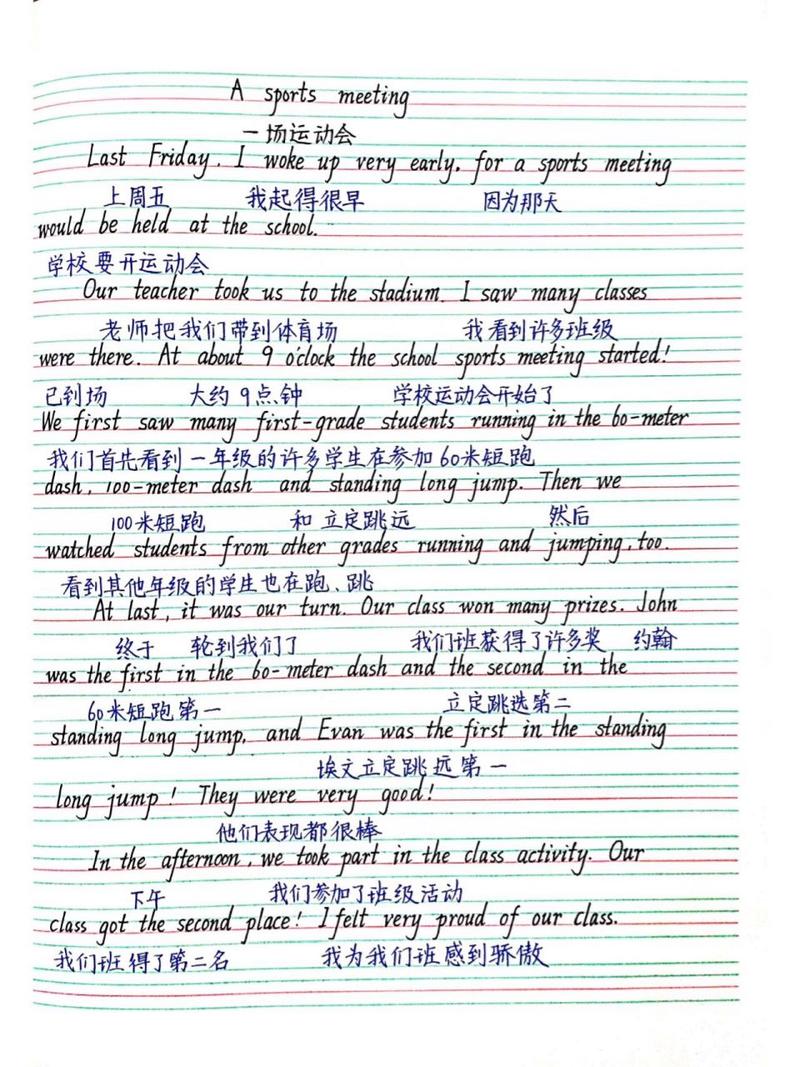Physical education (PE) plays a pivotal role in promoting holistic development among students, encompassing physical, mental, and social aspects. This paper provides a comprehensive review of current practices, challenges, and strategies for enhancing physical education instruction. Drawing upon empirical studies, theoretical frameworks, and best practices, it explores key areas including curriculum design, teaching methodologies, assessment techniques, and technology integration. Additionally, it examines the role of stakeholders such as teachers, administrators, parents, and policymakers in fostering an environment conducive to effective PE instruction. Through synthesizing existing literature, this paper aims to provide insights and recommendations for optimizing PE teaching practices and promoting lifelong physical activity engagement among students.
Physical education is an integral component of the educational curriculum, aimed at promoting the overall wellbeing and physical fitness of students. However, the effectiveness of physical education instruction is contingent upon various factors including curriculum design, teaching methodologies, teacher competencies, and institutional support. This paper endeavors to critically examine these factors and propose strategies for enhancing the quality of physical education instruction.
A welldesigned curriculum forms the foundation of effective physical education instruction. It should be aligned with national standards, developmentally appropriate, and cater to the diverse needs and abilities of students. This section discusses the principles of curriculum design, the importance of interdisciplinary connections, and the integration of health and wellness components within the PE curriculum.
The adoption of innovative teaching methodologies is essential for engaging students and fostering a positive learning environment in physical education classes. This section explores various teaching approaches such as cooperative learning, differentiated instruction, and gamebased learning, highlighting their benefits and applicability in PE settings.
Assessment serves as a means to evaluate student learning and inform instructional practices in physical education. Traditional assessment methods often fall short in capturing the multifaceted nature of physical activity and skill development. Hence, this section discusses alternative assessment techniques including performancebased assessments, portfolios, and selfassessment strategies that offer a more comprehensive evaluation of student progress.
Incorporating technology into physical education instruction can enhance engagement, facilitate skill acquisition, and provide opportunities for personalized learning. This section examines the use of wearable devices, mobile applications, and virtual reality simulations in PE settings, highlighting their potential to augment teaching and learning experiences.
Effective physical education instruction necessitates collaboration among various stakeholders including teachers, administrators, parents, and policymakers. This section underscores the importance of fostering partnerships and engaging stakeholders in decisionmaking processes to create supportive environments conducive to quality PE instruction.
Despite its numerous benefits, physical education faces challenges such as limited resources, time constraints, and competing priorities within the educational system. This section identifies common challenges encountered in PE instruction and proposes recommendations for addressing them, ranging from professional development initiatives for teachers to advocacy efforts at the policy level.
In conclusion, enhancing physical education instruction requires a multifaceted approach encompassing curriculum design, teaching methodologies, assessment practices, technology integration, and stakeholder involvement. By prioritizing these areas and implementing evidencebased strategies, educators can optimize the quality of PE instruction and promote lifelong physical activity engagement among students.

[Include relevant scholarly articles, books, and resources cited throughout the paper.]